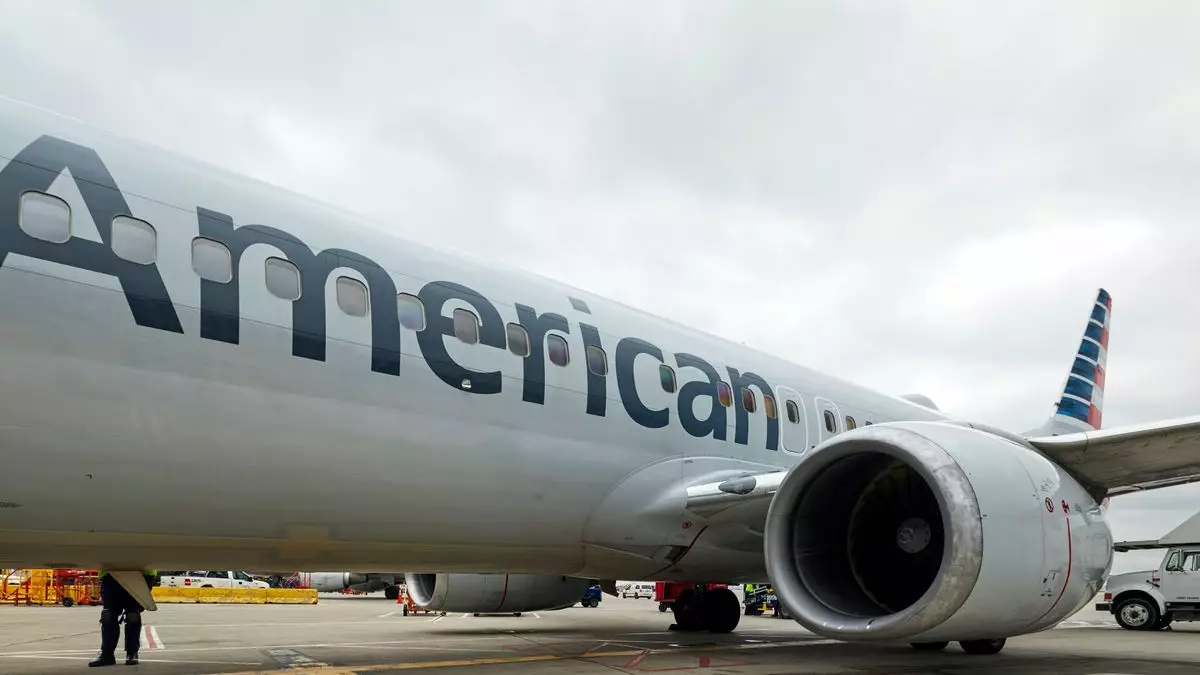American Airlines’ decision to heavily focus on direct distribution resulted in a massive loss of revenue amounting to $1.5 billion this year. The repercussions of this failed strategy have been significant, with CEO Robert Isom admitting that the impact in the first half of the year alone was $750 million. Unfortunately, the airline expects a similar impact in the second half of 2024.
Realizing the gravity of their mistake, American Airlines reversed course in late May, re-engaging with travel agencies and corporate accounts. CEO Robert Isom emphasized the need to shift focus towards indirect revenue by building positive relationships with travel management companies and agencies. By restoring most of the content it had previously pulled from traditional GDSs, American has already begun improving its share of travel agency bookings.
Isom highlighted the essential role of GDS sales in American Airlines’ revenue stream, revealing that the airline did $14 billion in GDS sales last year. Additionally, American resumed allowing AAdvantage for Business clients to earn points and miles through bookings with travel agencies. This move, aimed at small and midsize companies, generated $2.5 billion in revenue last year, with a significant portion being booked through agencies.
In an effort to mend relationships with travel agencies and corporate clients, American Airlines has taken concrete steps to provide more sales support. The airline has hired new account managers for corporate customers and is working on new incentive-based agreements with travel agencies. The response to these efforts has been positive, with American in talks with major companies like Amex GBT.
During the earnings call, Isom attributed American Airlines’ weaker financial performance relative to competitors like United and Delta to its distribution strategy. Despite a second-quarter pre-tax profit margin of 7.3%, American lagged behind Delta and United, which posted margins of 13% and 12.1%, respectively. The airline’s Q2 net income of $717 million was also far below the $1.3 billion earned by its rivals.
While acknowledging the challenges ahead, Isom expressed confidence in American Airlines’ ability to recover its market share over time. The airline is set to reap the benefits of its new agreements with travel agencies in the coming months, followed by advancements in its direct re-engagement with corporate clients. Despite the setbacks faced in 2024, Isom remains optimistic about the potential for growth and success in the future.
American Airlines’ misstep in prioritizing direct distribution over indirect revenue channels has proven to be a costly learning experience. By refocusing efforts on rebuilding relationships with travel agencies and corporate clients, the airline aims to regain lost ground and emerge stronger in the competitive airline industry.

